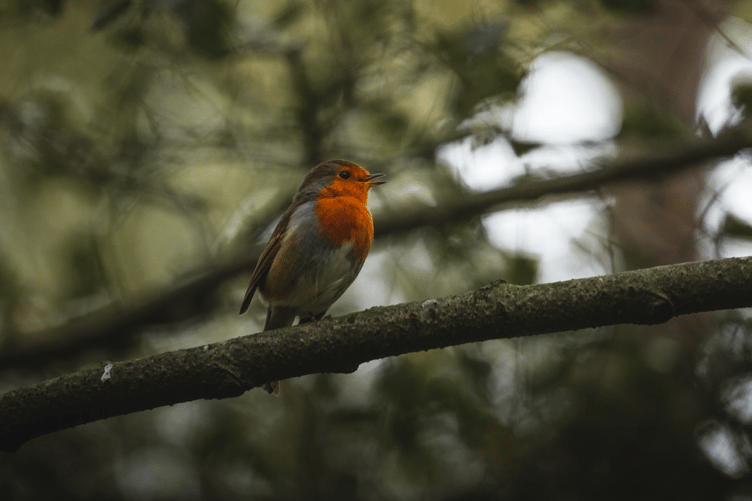IT HAS been a much better year for growing vegetables. Although most plants were started in modules or bought ready-grown rather than sown directly, they got off to a good start thanks to the drier spring. Having to water them was certainly preferable to last year, when slugs devoured everything in sight.
The yellow rattle has established itself in the orchard beyond expectations, and there is hope that more meadow flowers will follow. The abundance of blossom everywhere has developed into what looks to be a substantial seed and fruit crop—good news for birds, bees, and butterflies.
There were certainly more butterflies in June, with small blues especially plentiful in the meadows. Red Admirals and Peacocks were the next most common, along with a good number of Meadow Browns and Ringlets. Tiny cream grass moths, about 20mm long, were frequently seen lifting off from the field. They move so quickly it’s hard to identify them exactly, as there’s no time to spot any markings.
In early June, it was a delight to see a swallow swoop just a few yards in front across the meadow, gathering insects alongside half a dozen from its flock. Buff-tailed bumblebees were busy feeding on masses of clover, while a smaller red-tailed bee was determinedly gripping onto buttercups as they swayed in the breeze.
There have been fewer foxgloves this year, perhaps due to the dry spell, but ox-eye daisies are out in force. A friend, troubled by deer eating flowers in tubs, was amused to discover the deer happily browsing buttercups on the lawn while leaving a lovely spread of ox-eye daisies untouched—apparently they have a bitter taste. She’s now tempted to plant her tubs with ox-eye daisies in future! She was also thrilled to find a single bee orchid on her lawn — quite a rarity.
Another wildflower flourishing along a nearby lane was wild everlasting sweet pea, clothing the hedgerow in beautiful deep crimson.
The bees had a good season, producing so much brood that extra brood boxes had to be added to accommodate the growing colonies. Some hives, with rapidly filling honey sections, reached head height. To help control swarming, some colonies were split. One new colony, initially low in numbers, almost sealed its own entrance with propolis — a sticky, waxy substance made by the bees — making it easier to defend against wasps, hornets, and other bees that might try to rob a neighbouring hive. There are usually guard bees at the entrance, but this colony may have been short on guards.
Although there’s a stream running through the orchard with exposed gravel areas in summer, the bees often prefer to take moisture from the surface of potted plants, where it’s safer than venturing near deeper water. Thankfully, they’re focused on collecting water, so they’re not in defence mode as they might be when the hive is opened.
So, it’s been a very busy season and, with luck, there will be a good harvest.
Hazel Wedlake




.png?width=209&height=140&crop=209:145,smart&quality=75)
Comments
This article has no comments yet. Be the first to leave a comment.